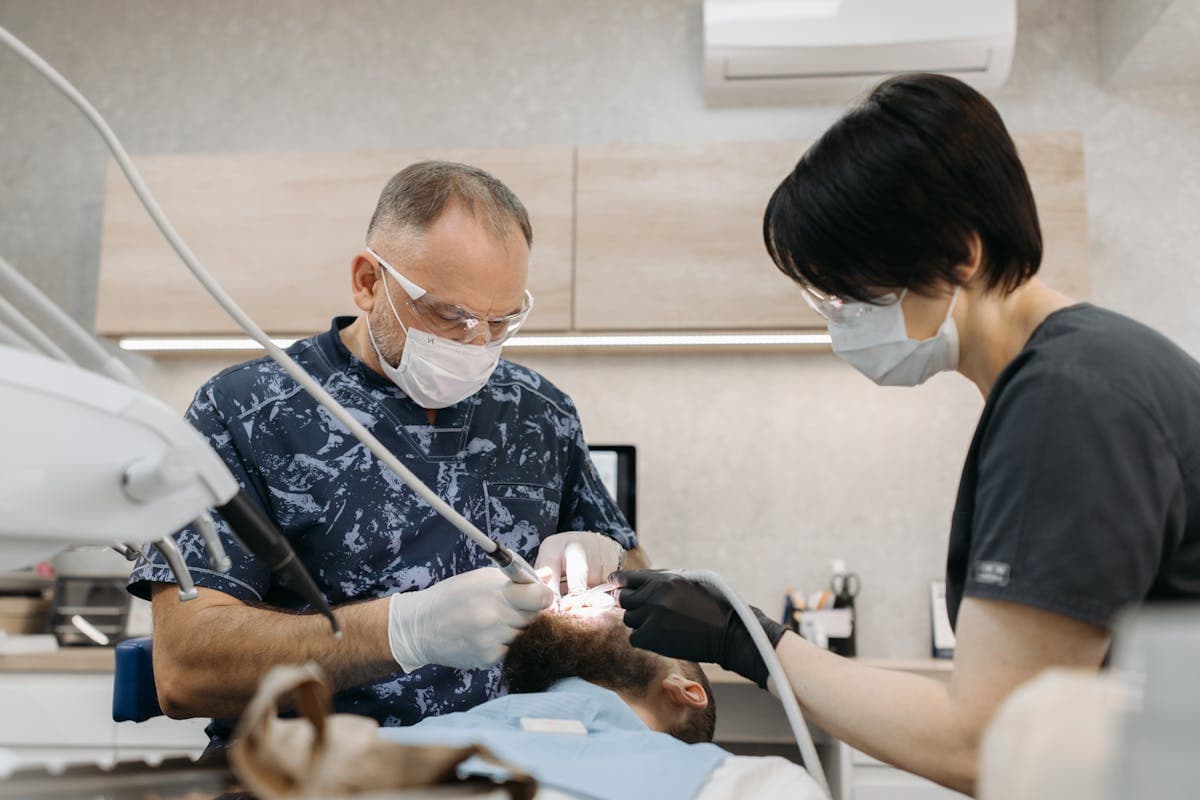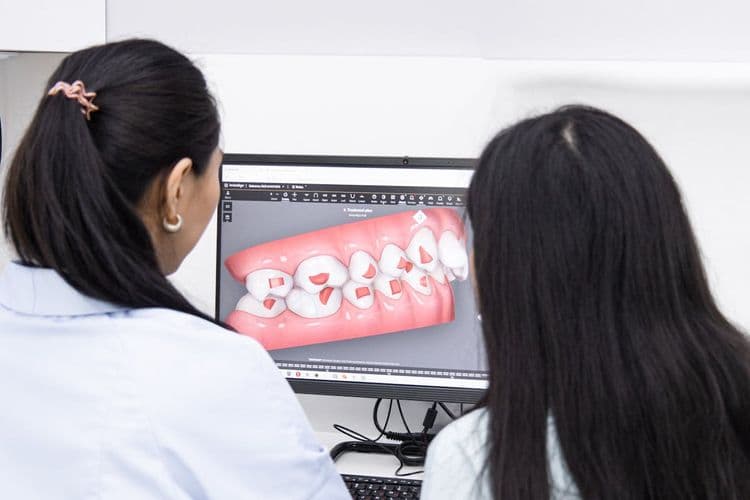The efficacy and potential of removable neuromuscular orthotics in providing critical support to individuals with compromised nerve and muscle function have been increasingly recognized in the medical fraternity. These custom-made devices, while offering enhanced mobility, also guarantee ideal alignment. However, their true potential might not be fully understood without considering the key principles of their design, the role they play in rehabilitation, and their long-term implications on users’ quality of life. Consequently, a thorough exploration into these aspects could provide valuable insights into their broader implications and future trajectory.
Understanding Neuromuscular Orthotics
Neuromuscular orthotics, a significant advancement in the field of physical therapy and rehabilitation, encompass a wide range of devices designed to support muscles and nerves that have been impaired due to injury, illness, or congenital conditions. These devices offer an external support system, enhancing neuromuscular control and improving patient mobility. A key element in the success of these devices is the orthotic design, which is strategically crafted to suit the individual’s specific needs. The design process involves a thorough assessment of the patient’s physical condition and functionality. The main goal is to create a balance between flexibility and stability, enabling the patient to regain their independence and improve their quality of life. The use of neuromuscular orthotics signifies a paradigm shift in rehabilitation strategies, paving the way for innovative treatment approaches.
The Science Behind Orthotics
After appreciating the role of neuromuscular orthotics in rehabilitative care, it becomes natural to contemplate the scientific principles underlying these transformative devices. The science behind orthotics is rooted in biomechanical principles and sensory feedback. Biomechanics, the study of the mechanical laws relating to the movement or structure of living organisms, is integral to the design of orthotic devices. These devices aim to correct, support or compensate for a body’s neuromuscular and skeletal system. Sensory feedback, on the other hand, is vital in the process of adjusting the body’s position and movement. Orthotics provide proprioceptive feedback, enabling patients to adjust their movements and postures. This combination of biomechanical principles and sensory feedback guarantees the effectiveness of orthotics in managing various neuromuscular conditions.
Key Features of Removable Orthotics
In the domain of rehabilitative care, the functionality of removable orthotics is characterized by several distinctive features. The first is the custom fit, which guarantees ideal support and alignment, tailored to the individual’s unique anatomy. This precision fitting facilitates maximum comfort and effectiveness, enhancing the wearer’s mobility and reducing discomfort. The second key feature involves material selection. The materials used in removable orthotics are chosen for their durability, flexibility, and ability to withstand varying pressures. In addition, they are often lightweight, assuring ease of wear. Moreover, given the nature of their design, these orthotic devices can be easily cleaned, maintained, and if necessary, adjusted for modifications. These features contribute to the overall user experience and efficacy of removable orthotics.
How Orthotics Aid Recovery
While removable orthotics are highly recognized for their customized fit and durable material, their prime role in facilitating recovery often goes unnoticed. As an integral part of rehabilitation techniques, these devices provide the necessary support to weakened or impaired muscles, aiding in their gradual restoration to normal function. By aligning and stabilizing the musculoskeletal structure, orthotics alleviate pain and enhance mobility, thereby accelerating recovery periods. In addition, they augment recovery strategies by enabling controlled, therapeutic movement. This helps prevent re-injury and promotes overall body healing. By complementing physiotherapy and other treatment modalities, orthotics play a critical role in patient recovery, underscoring their importance in the medical and rehabilitation fields. Their potential use cases, however, extend beyond this scope.
Potential Use Cases for Orthotics
Beyond the domain of rehabilitation, orthotics have substantial potential in various other medical and lifestyle applications. One promising area is sports rehabilitation, where orthotics can aid in the prevention and treatment of injuries. They can act as a supportive mechanism, reducing stress on joints and muscles while enhancing performance. Another significant area is pediatric applications. For children with developmental conditions, orthotics can play an essential role in improving mobility and independence. They can aid in correcting physical deformities, promoting normal growth, and enhancing overall quality of life. Hence, orthotics’ potential extends far beyond just rehabilitation, offering transformative solutions in sports and pediatric medicine.

Benefits of Using Removable Orthotics
Removable orthotics offer a variety of benefits that greatly improve the user’s quality of life. These advantages include enhancing mobility and comfort, promoting proper body alignment, and aiding in the prevention of musculoskeletal disorders. This discussion will further elucidate these benefits, providing an extensive understanding of the value and impact of removable neuromuscular orthotics.
Enhancing Mobility and Comfort
A considerable majority of individuals utilizing removable neuromuscular orthotics experience substantial enhancement in both mobility and comfort. This mobility enhancement is often noticed in the capacity to perform daily tasks with greater ease, as the orthotics provide the necessary support to muscles and joints. They are designed to adapt to the patient’s unique physiological structure, promoting an ideal range of movement. Simultaneously, the comfort improvement is remarkable. The design of these orthotics guarantees pressure distribution, reducing discomfort in problematic areas. The use of quality materials further adds to the comfort, preventing skin irritation. Hence, these orthotics greatly contribute to improving the quality of life for those with neuromuscular conditions, enhancing both their mobility and comfort.
Promoting Proper Body Alignment
While enhancing mobility and comfort are significant advantages, removable neuromuscular orthotics also play a critical role in promoting proper body alignment. They provide essential support to the body’s musculoskeletal system, assisting in posture correction and spinal alignment.
The key benefits of these orthotics in promoting body alignment include:
- Posture Correction: They help in correcting postural deformities by providing the necessary support to the body.
- Spinal Alignment: They aid in the alignment of the spine by providing a balanced support to the back muscles.
- Reduced Strain: They help in reducing strain on the body’s joints and muscles, which can prevent wear and tear.
- Improved Balance: They assist in maintaining an upright posture, enhancing overall body balance and stability.
Prevention of Musculoskeletal Disorders
Numerous individuals around the world grapple with musculoskeletal disorders, which can severely impact their quality of life. Implementing the use of removable neuromuscular orthotics can play a significant role in the prevention of these disorders. These orthotics, with their ergonomic design, work to redistribute pressure away from high-stress areas, thereby reducing the risk of injury. The orthotics achieve this by promoting proper body alignment and movement patterns, which are essential for injury prevention. With ongoing use, these orthotics can help to correct musculoskeletal imbalances that may lead to chronic pain or disability. In summary, the preventive benefit of these removable orthotics is a key factor in managing and reducing the prevalence of musculoskeletal disorders.
Risks and Considerations
Despite the numerous benefits offered by a removable neuromuscular orthotic, certain risks and considerations must be taken into account.
- Risk Factors: These devices may cause discomfort or irritation to the skin, particularly when not properly fitted. Such factors can lead to non-compliance and ineffective treatment.
- Patient Considerations: Every patient is unique; therefore, individual tolerances and preferences should be taken into account during the design and fitting process.
- Proper Usage: Incorrect usage of the orthotic can lead to ineffective treatment and amplify existing conditions.
- Maintenance and Upkeep: Regular cleaning and maintenance are essential to prevent bacterial accumulation and guarantee the longevity of the device.
It’s vital that healthcare providers discuss these considerations with patients to guarantee maximum benefits.
Future Perspective on Neuromuscular Orthotics
Looking beyond the present, the future of neuromuscular orthotics holds considerable promise. The advent of wearable technology is expected to revolutionize this field, enabling real-time monitoring and personalized adjustment of orthotics. This technology promises to enhance the effectiveness of the orthotics by providing more accurate and timely adjustment based on the patient’s specific needs. Patient education is another key area for future development. Educating patients about the importance of properly using and maintaining their orthotics is essential to ensuring ideal outcomes. Moreover, future advancements may allow patients to adjust their orthotics independently, based on the feedback from the wearable technology. The combination of these advancements will likely lead to improved patient outcomes and satisfaction.
Frequently Asked Questions
What Is the Cost of a Removable Neuromuscular Orthotic?
The cost of such a device varies considerably, influenced by numerous cost factors including materials used, complexity of design, and provider fees. Pricing options may also be available depending on the healthcare provider and insurance coverage.
Can I Wear Removable Orthotics During Sleep?
Yes, removable orthotics can be worn during sleep, potentially offering sleep benefits like improved alignment. However, comfort concerns should be considered, as they may impact sleep quality. Consult your healthcare professional for personalized advice.
Where Can I Get a Custom-Made Removable Neuromuscular Orthotic?
Custom orthotic providers are available in various healthcare settings like hospitals, orthopedic clinics, and rehabilitation centers. They offer the orthotic fitting process to guarantee a comfortable, tailor-made solution for individual health needs.
How Often Should I Replace My Removable Neuromuscular Orthotic?
The replacement frequency of orthotic devices depends on various factors, including wear and tear and changes in your physical condition. However, it’s generally recommended to assess the orthotic’s lifespan every 1-2 years with your healthcare provider.
Will My Insurance Cover the Cost of a Removable Neuromuscular Orthotic?
Coverage for medical appliances varies widely among insurance policies. It’s best to consult directly with your insurer to determine specific coverage limits and potential out-of-pocket expenses related to such items.


